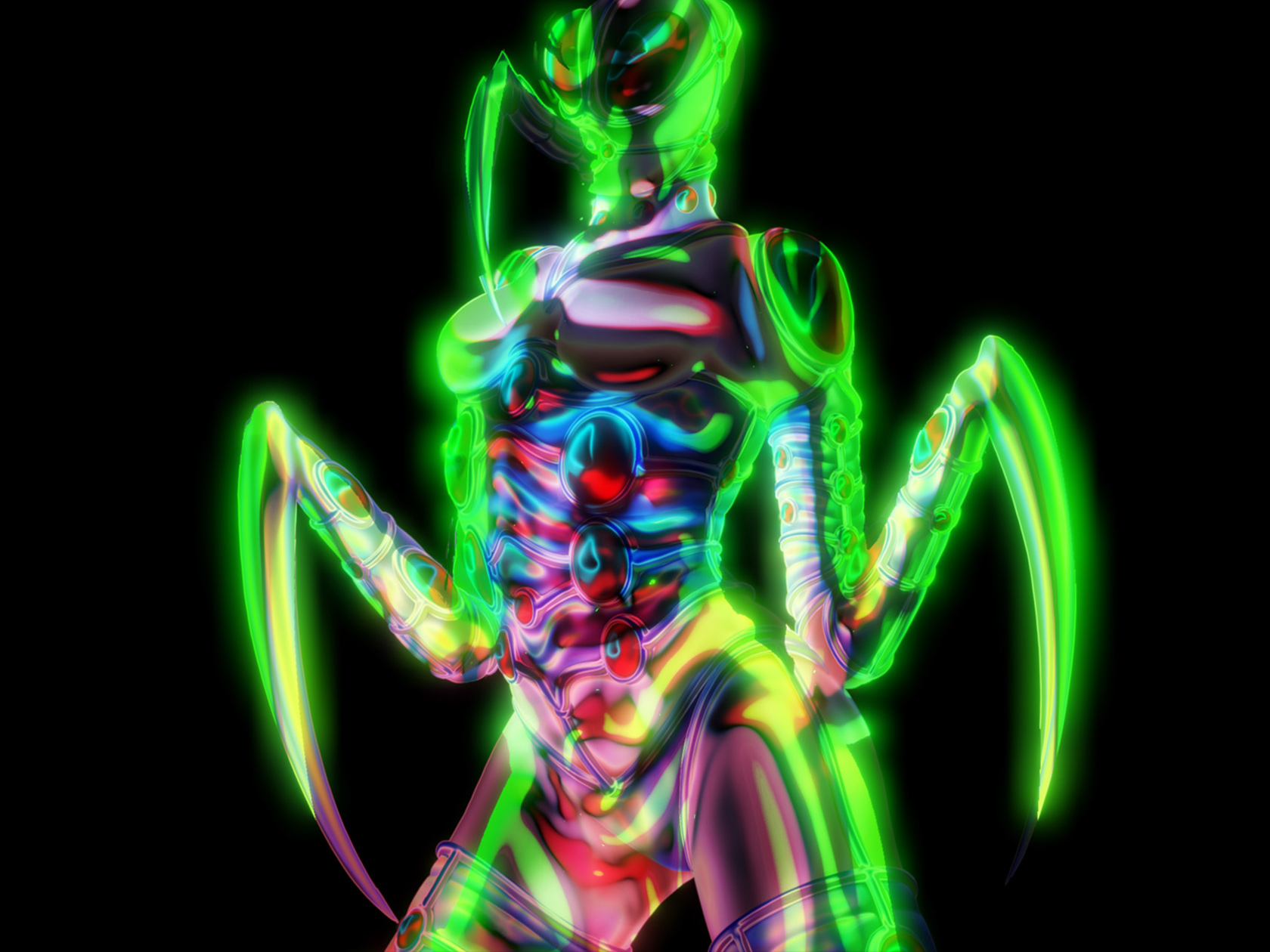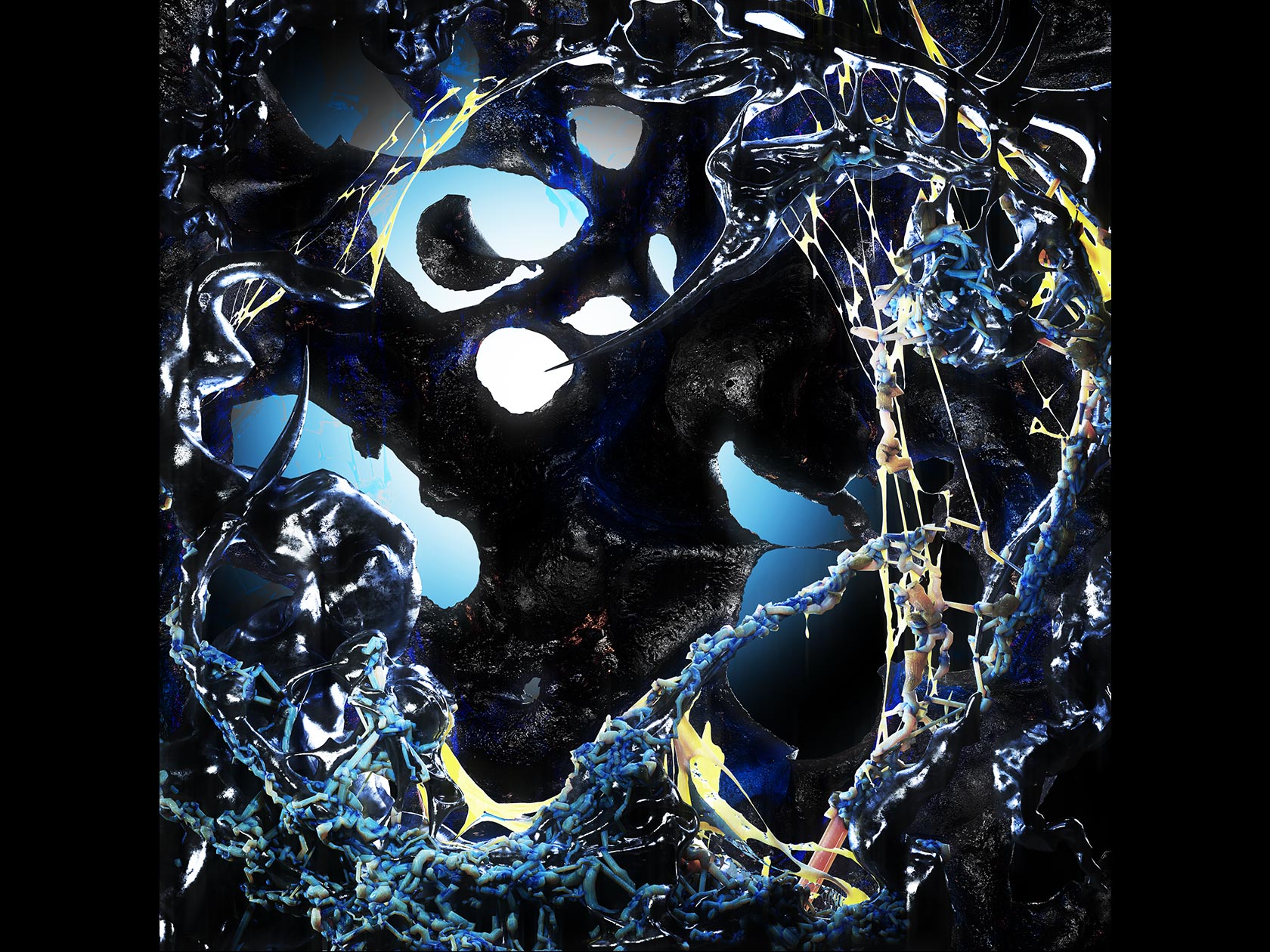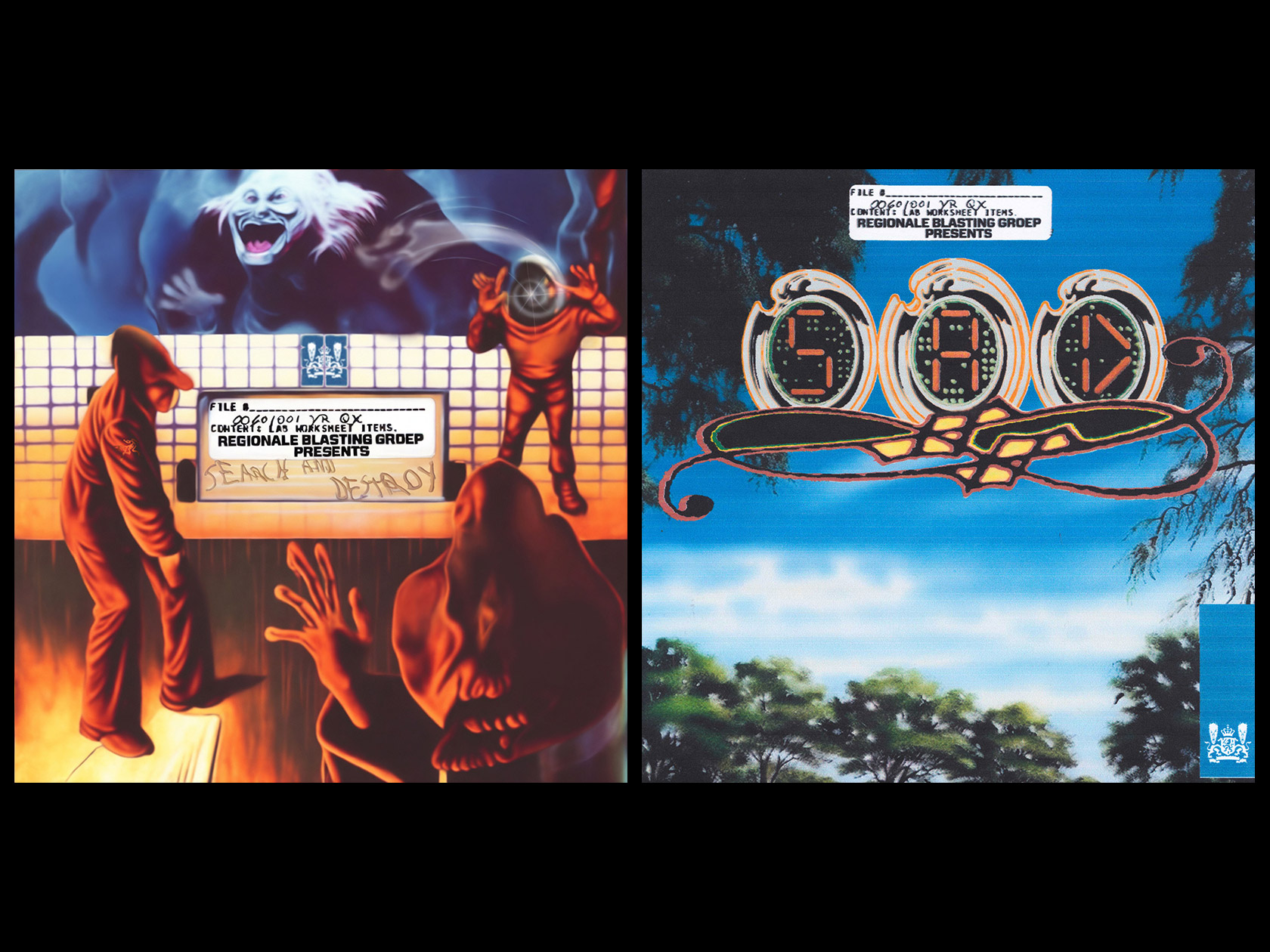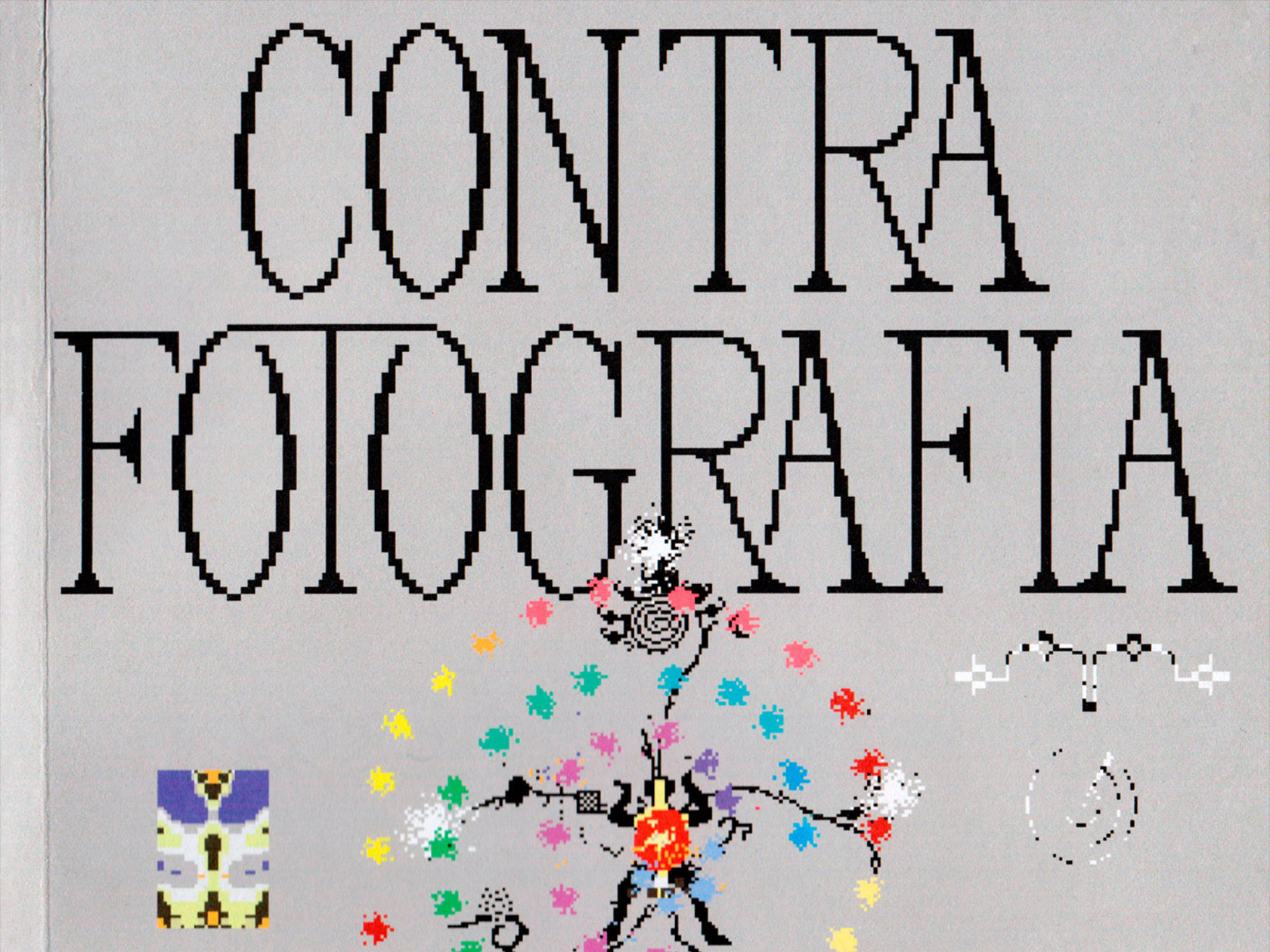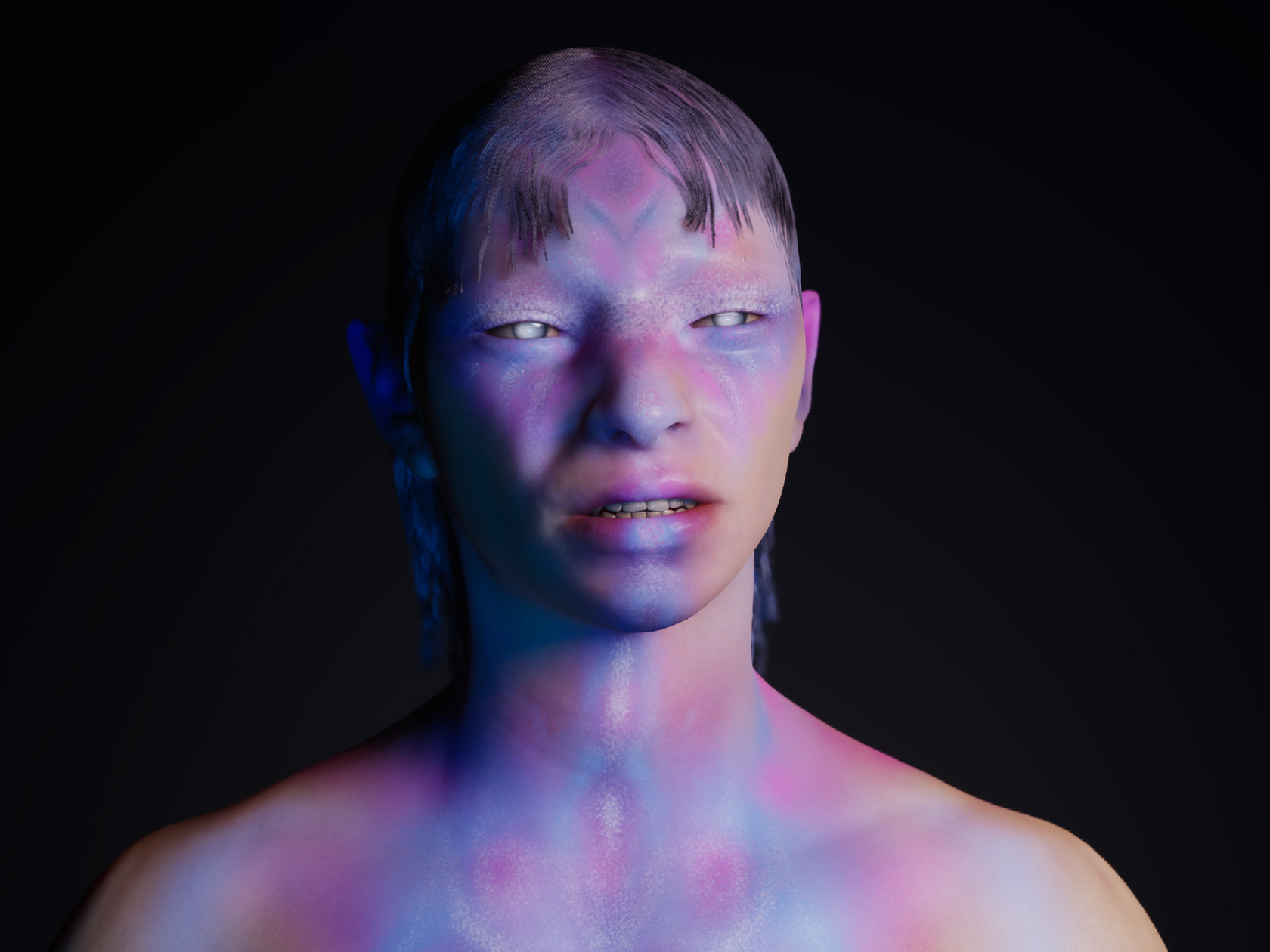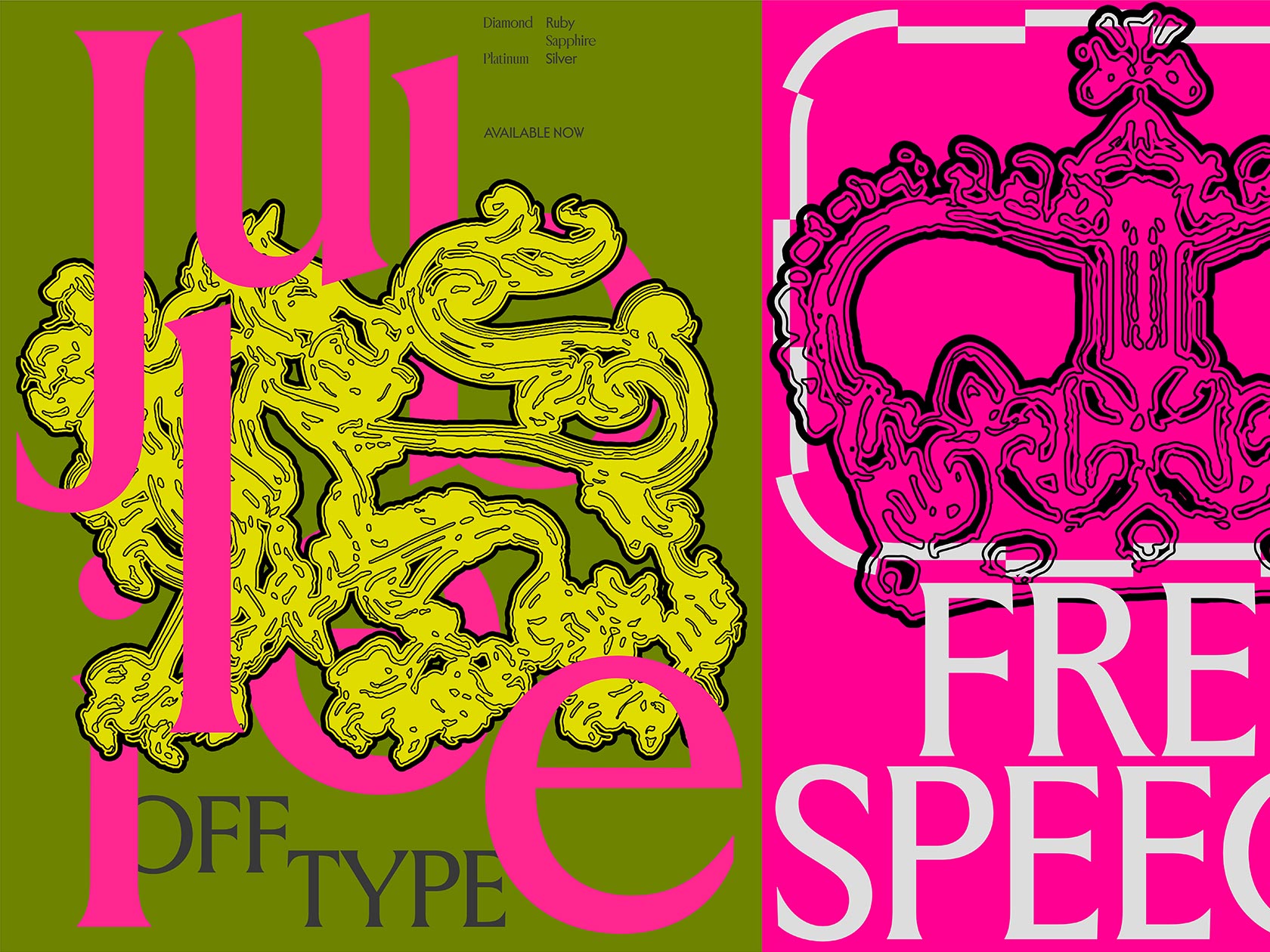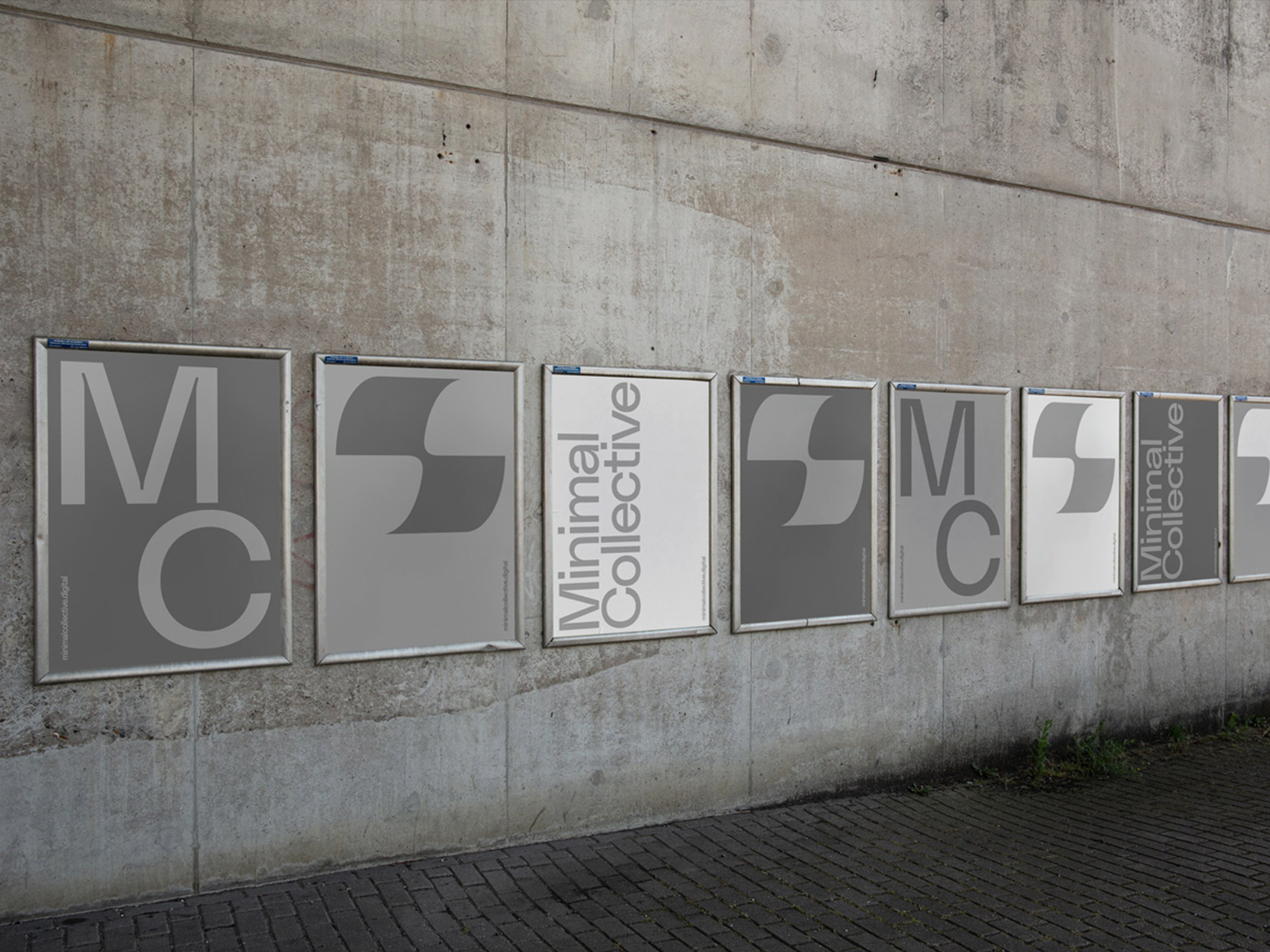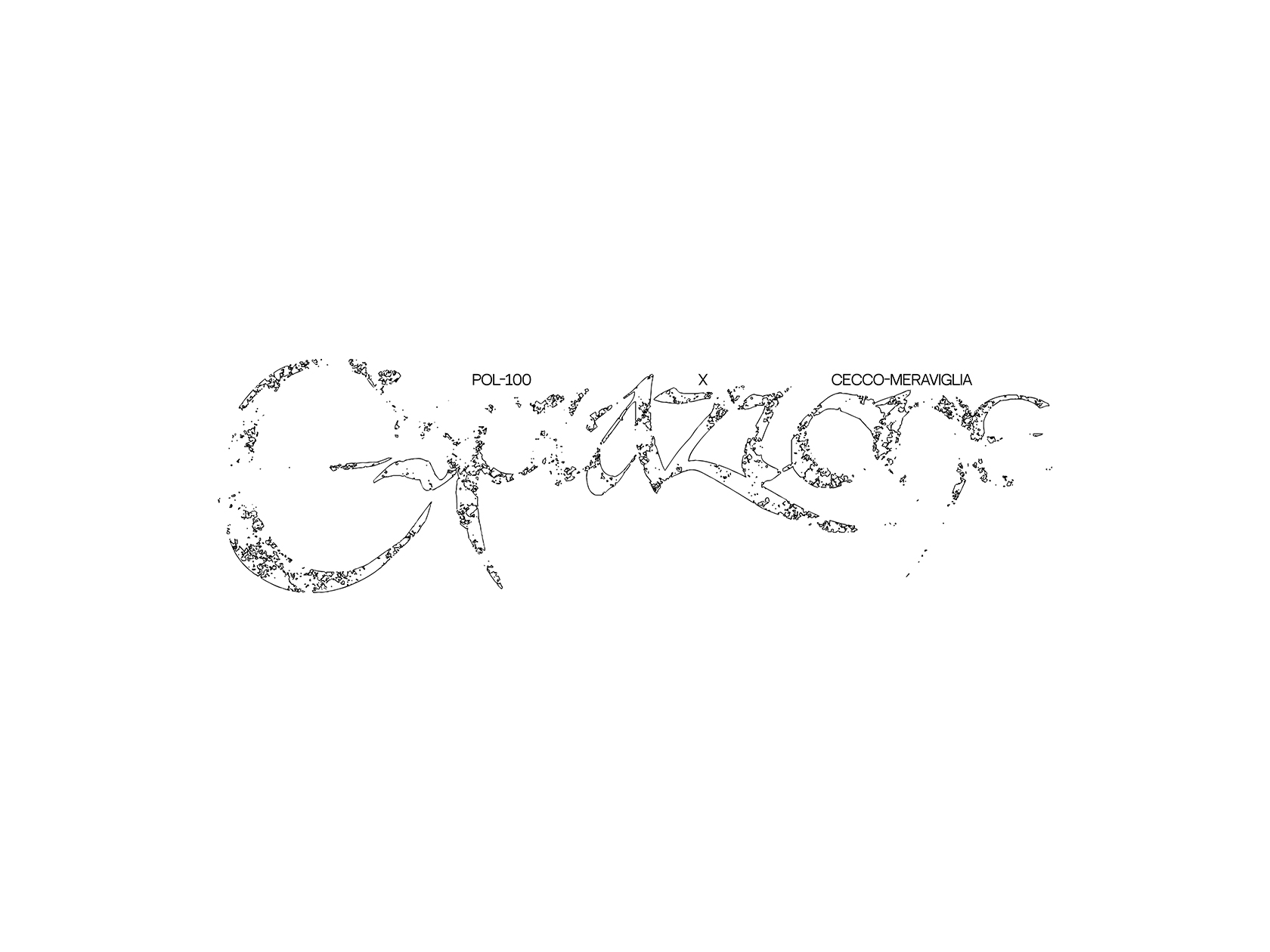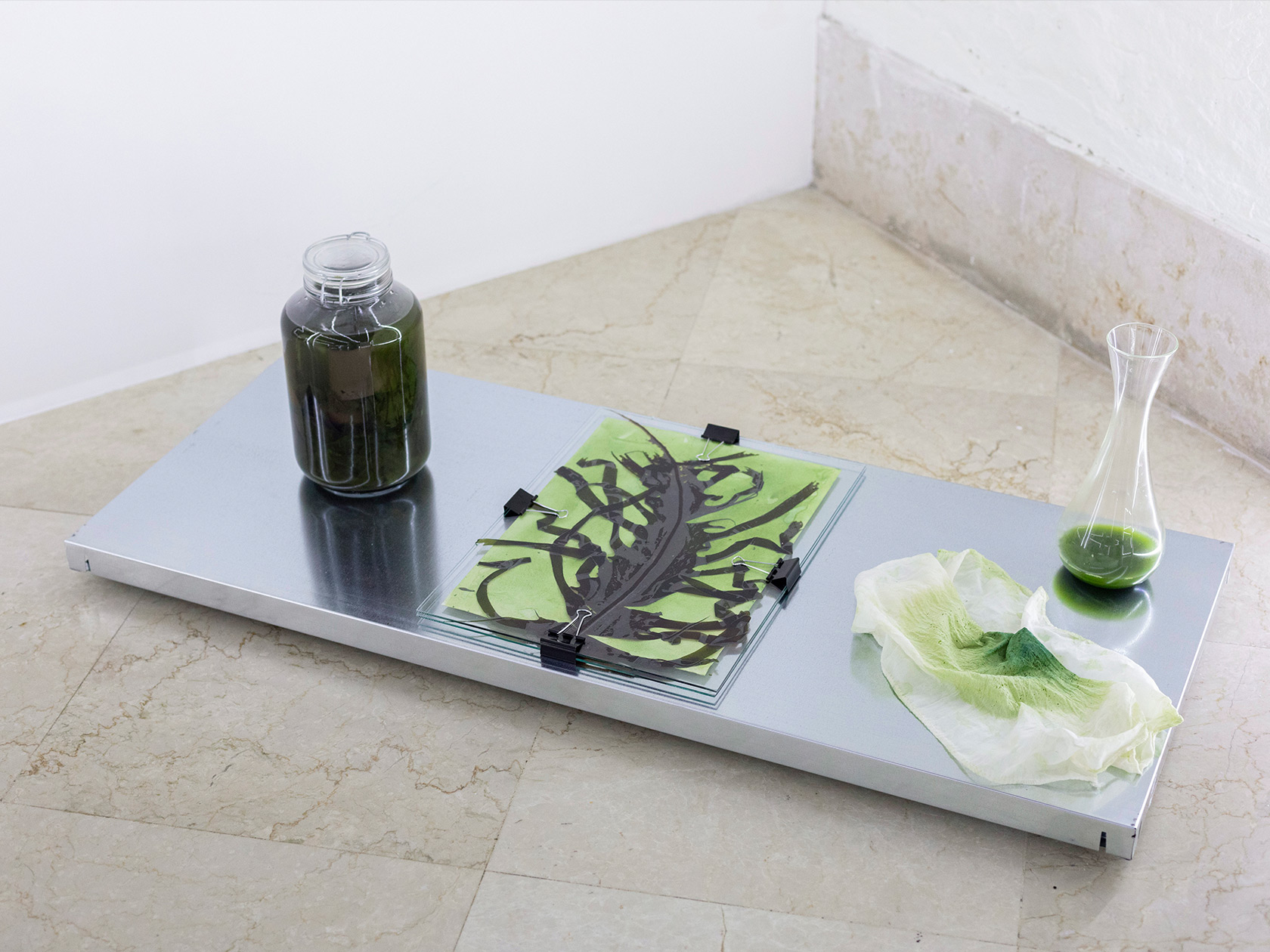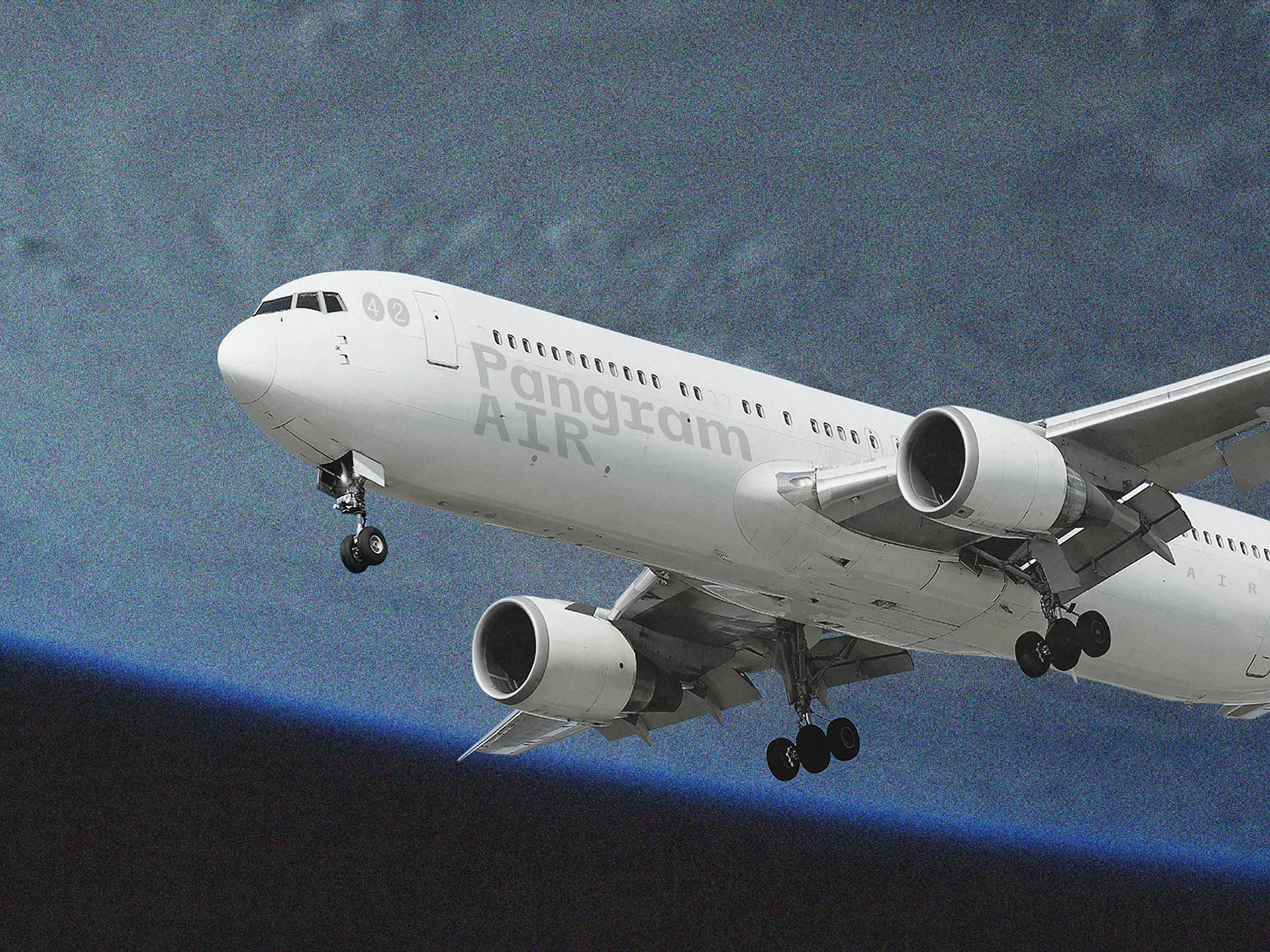The first encounter between Amor Gavez and Luka Lavrenci, known under the alias Uno.tisto, was “one of the rare cases where the instagram algorithm actually achieved something helpful”, they tell C24. After following each other’s work for quite some time and sharing conversations about common interests, the duo started collaborating together. Inspired by video games, science-fiction and Akira Kurosawa’s film ‚Kagemusha’, the result of this collaboration is an energetic mixture of illustration and CGI Art, consisting of several futuristic animations and artworks. The duo kept working on the self-initiated project over a one-month period, exploring how they can intertwine their different disciplines. In the following interview, we talked with Amor and Luka about the connection between illustration and CGI Art, the creative process behind their recent collaboration and the importance of self-initiated projects. Let’s go!
Can you tell us a bit about yourselves and your backgrounds?
L: I’m Luka, LGBT person working in CGI under the alias Uno.tisto. My background? Installing video game mods until the game doesn’t run anymore? Does that count? My academic background is in programming and traditional art. I’ve been learning CGI since 2017. Before that, I spent five years filming skateboarding and making dumb videos with my friends.
A: I’m Amor, born 1993, went to design vocational school and dropped out. I have been doing freelance work ever since.
Do you remember your first encounter?
L: This is one of the rare cases where the Instagram algorithm actually achieved something helpful. I’m pretty sure I’ve noticed Gavez’s work sometime in late 2017 or early 2018. It was a cut above everything else coming out in our region and we quickly established mutual respect for each other’s work.
A: We met through Instagram. To be honest, seeing Luka’s work was pretty mind-blowing, but at first we mostly talked about video games and other common interests. Like he said, the mutual respect for each other was quickly established.
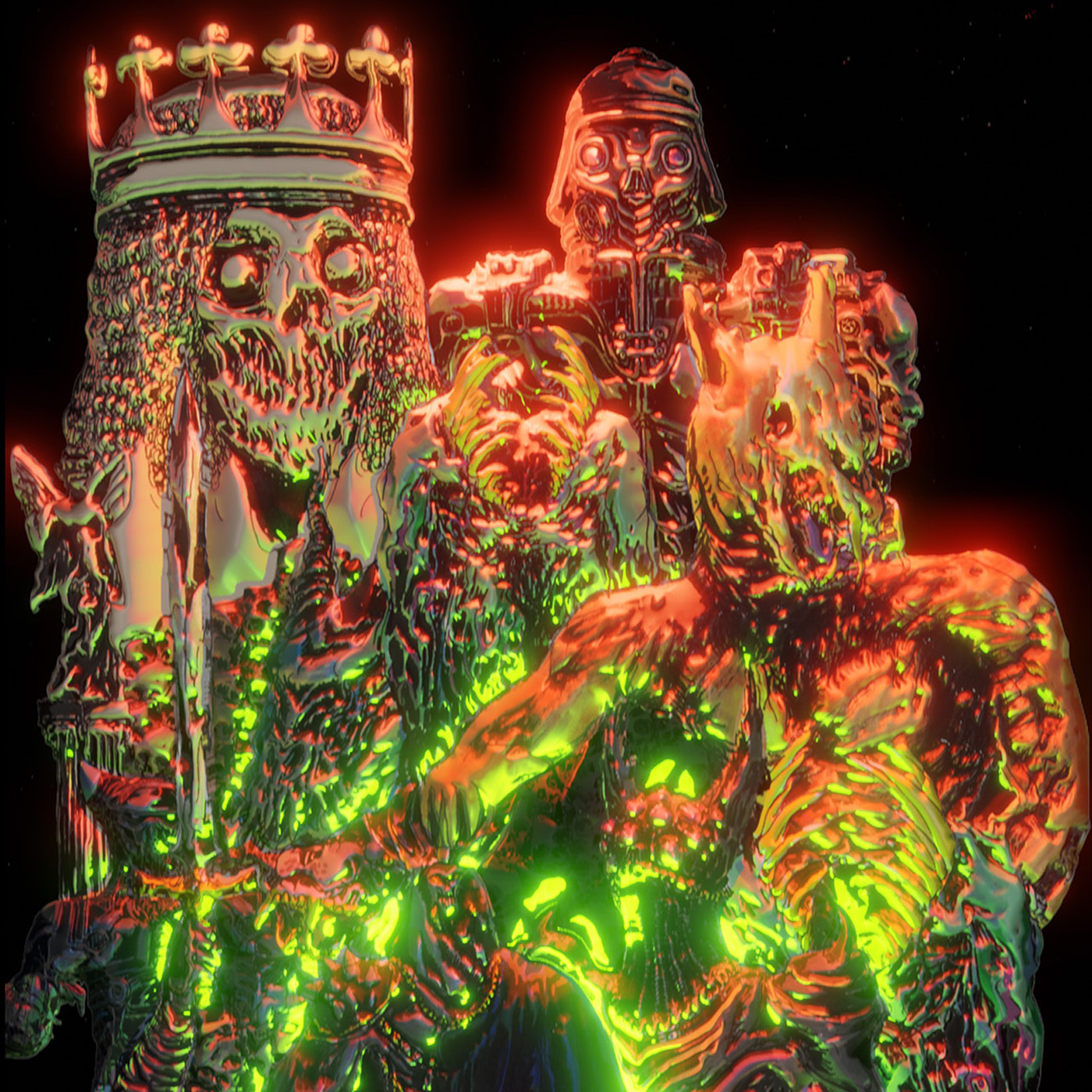
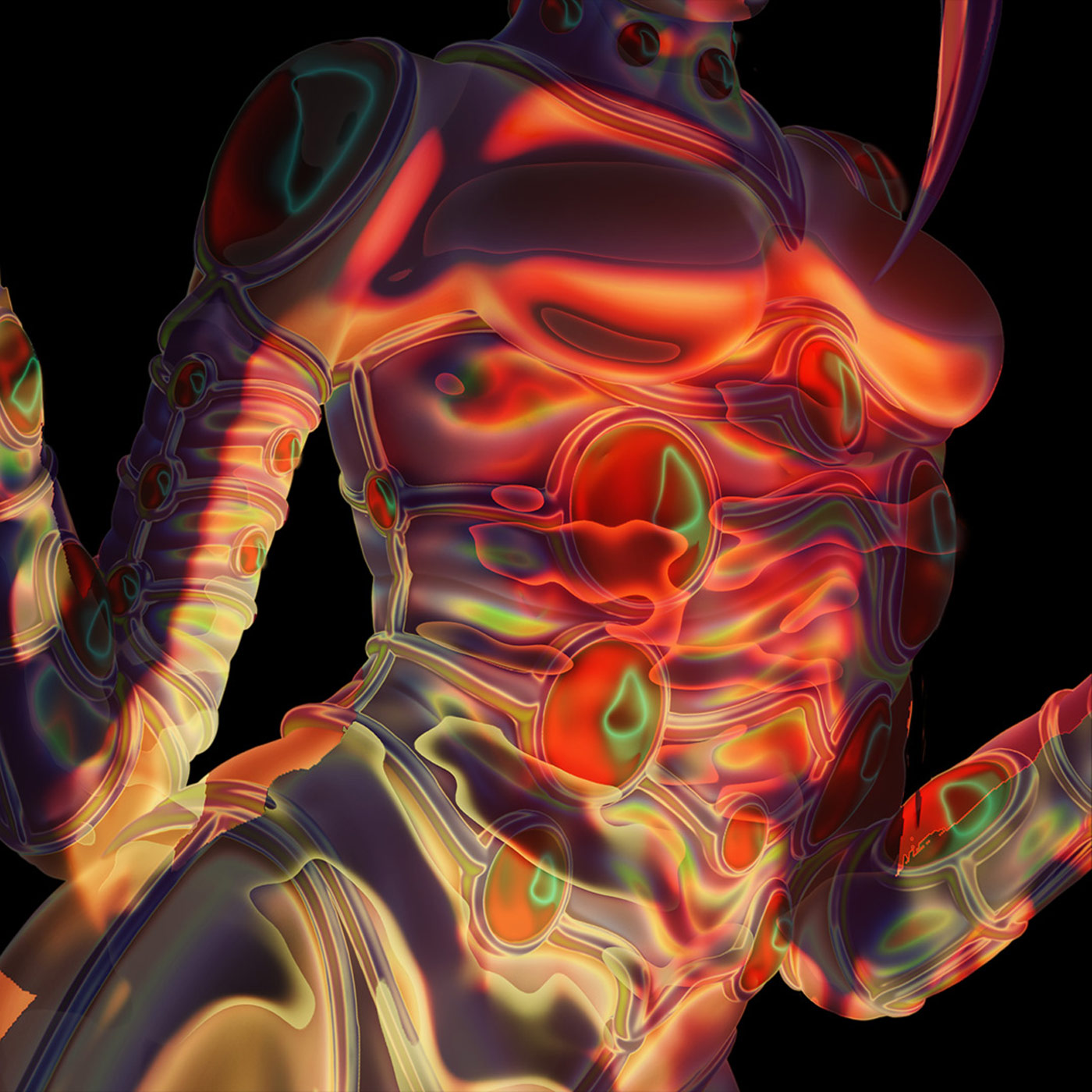
While Luka focuses on CGI art, Amor leans towards illustration. In which way do these different disciplines and styles enhance each other?
L: Honestly I’m jealous how illustrations don’t have to make any spatial sense. Non-manifold shapes, warped, always-changing perspectives. Anything goes. I wish I could force 3D programs to do that. On the other hand I’m obsessed with light (especially with the work of Mitsuo Katsui!) and how it interacts with objects and characters. In CGI you can go as complex as you want with that, in illustration it would be way too slow and/or inaccurate.
A: When drawing, I’m sometimes trying so hard to understand how those forms function in space, if the lighting is correct – or how this or that would look or move like or whatever. But on the other hand, you have also learned how to solve those and other problems with your own solutions, so when approaching a different medium or practice, you already have a ton of ideas how to solve certain stuff differently.
How did you get interested in these disciplines?
L: I honestly can’t imagine doing anything other than CGI. It’s that one thing preventing me from embracing creative cynicism. I’m sure the fascination comes from very generic middle-class-male-growing-up-in-2000s, early movie CGI and Playstation 2. One of my earliest memories is seeing Clint Eastwood by Gorillaz and being quite scared by all of the graveyard tombstones.
A: I have been drawing daily since I can remember. Pen and paper were always present. It’s the practice through which I learned the most about myself. I’ve always been fascinated with animation, films, video games, visual art (painting, illustration, graffiti, …) so it was obvious to me how I’m going to spend my time from early on.
Over the last month, you have worked on a self-initiated collaboration, resulting in several futuristic animations and illustrations. Please tell us more!
L: I’ve never done any animation work, mech design or special 3D lighting for illustrations. So I took a big step forward and turned this collaboration into a month-long project. Gavez’s contribution made it all work out in the end. In technical terms, I think every creative person thinks about the different ways to bring more life into still illustrations. What we visualized within this project is pretty much just us and our personalities.
A: I haven’t collaborated with a CGI artist before, so when Luka asked if I would like to work with him on this idea, I was all in.
What kind of atmosphere did you aim at creating through these animations/stills?
L: Our main conversation while creating was about Akira Kurosawa’s film, Kagemusha. Especially the lighting in that film. Our results were obviously very different, but those hyper-stylized sequences had a significant impact on the lighting and the mood of all pieces.
Can you talk us through your creative process?
L: When it comes to the mech, it’s been a very standard production workflow. Concept stage, high poly sculpt, boiling it down to low poly and then finishing it up in Substance. Unreal was used for particle simulation (Niagara), lighting and cinematics. For the illustrations, I created my own parallax shader material that uses normals and displacement for relief.
A: I just had to finish the digital illustration, which i created in Photoshop and send it over to Luka. The other illustration was an older one, drawn with ink on paper and digitally colored later on.
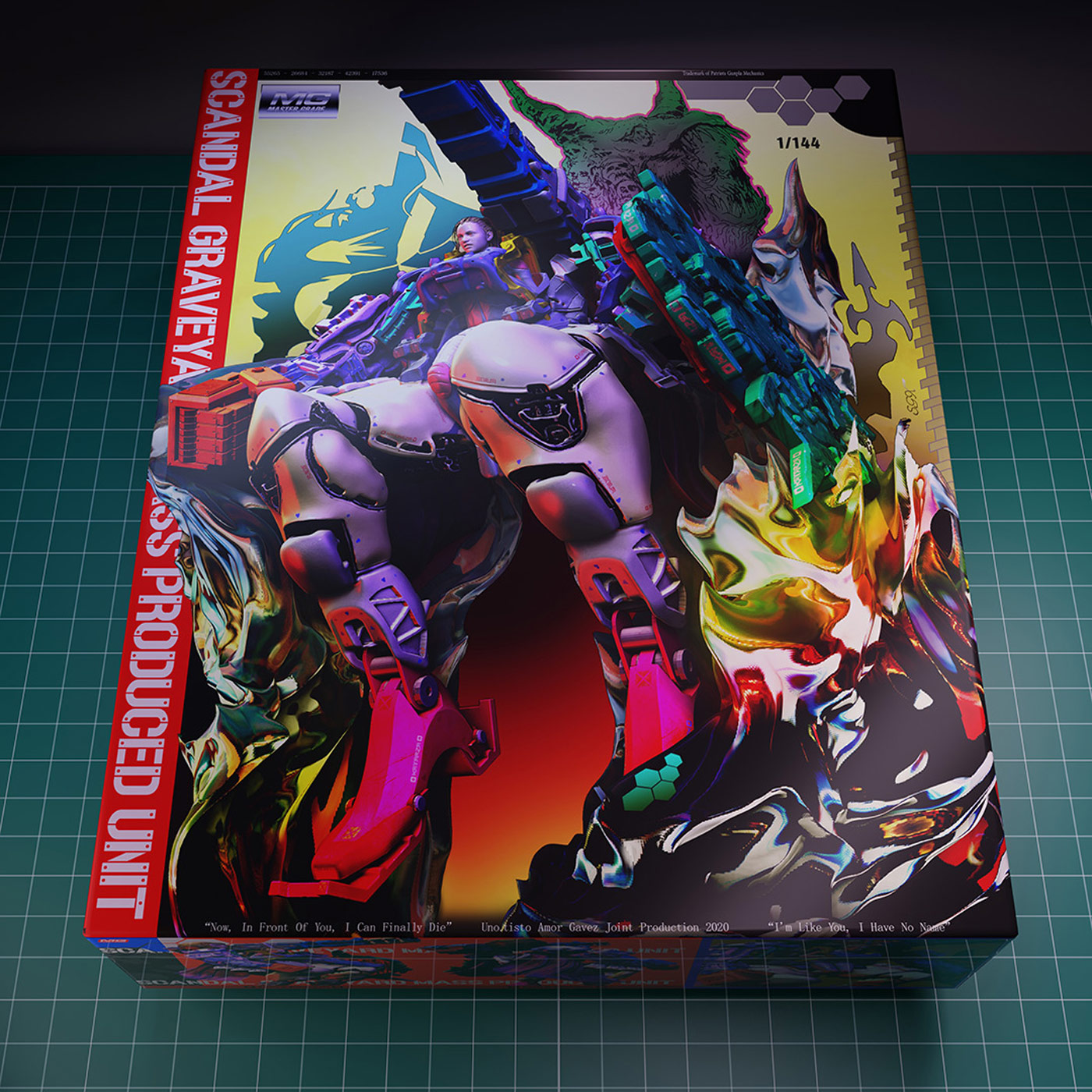
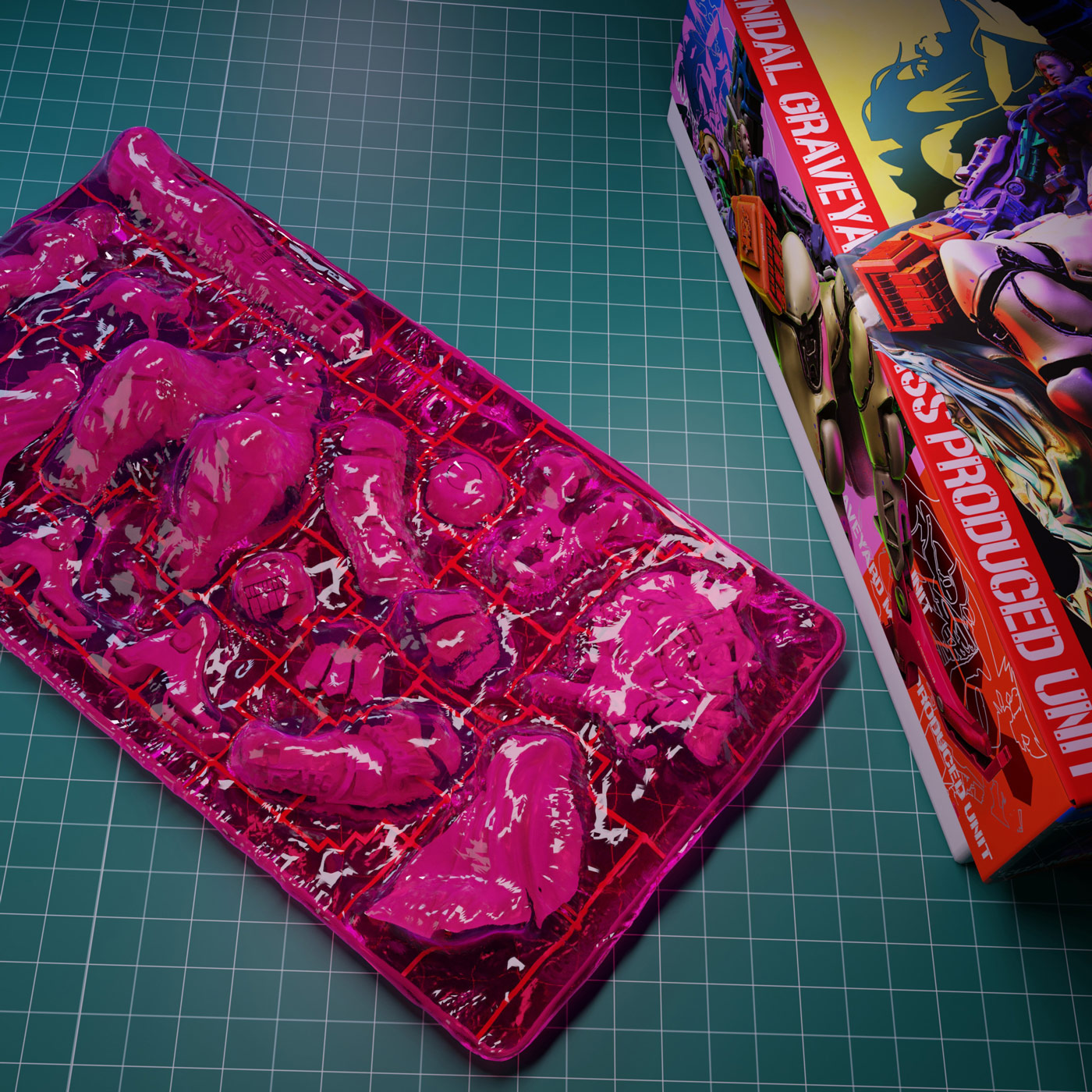
What was the biggest challenge during this collaboration?
L: Having the courage to take over three different tasks for the first time was something I simply had to get over with. I had to silence the inner critic and keep going, even if I’m not fully satisfied with results.
A: There wasn’t really a challenge on my part, because Luka actually did all the heavy lifting.
How important are self-initiated projects for you, next to commercial or commissioned projects?
L: I’m always open for creative and technical challenges, that’s why I often have to present myself with a challenge in order to make projects interesting. I think of self-initiated projects as an excuse to learn new programs and workflows, so they are a quite important part of my working routine.
A: In my eyes, self-initiated projects are way more important than commercial/commissioned work. The latter does pay my rent (sometimes), but I wouldn’t get the commercial jobs without my personal work.
Why is collaboration important to you as a design practice?
L: We have each other’s back and warn each other about all the shitty clients. No, but really, any sense of community is better than this forced Instagram economy of “how many numbers does he/she/they have”. Who gives a shit, I wanna be everyone’s hype man.
A: To learn from different creatives and about their working process, to meet new people that you share this passion with, to look at your work in a different light, to realize ideas that you would or could not realize yourself.
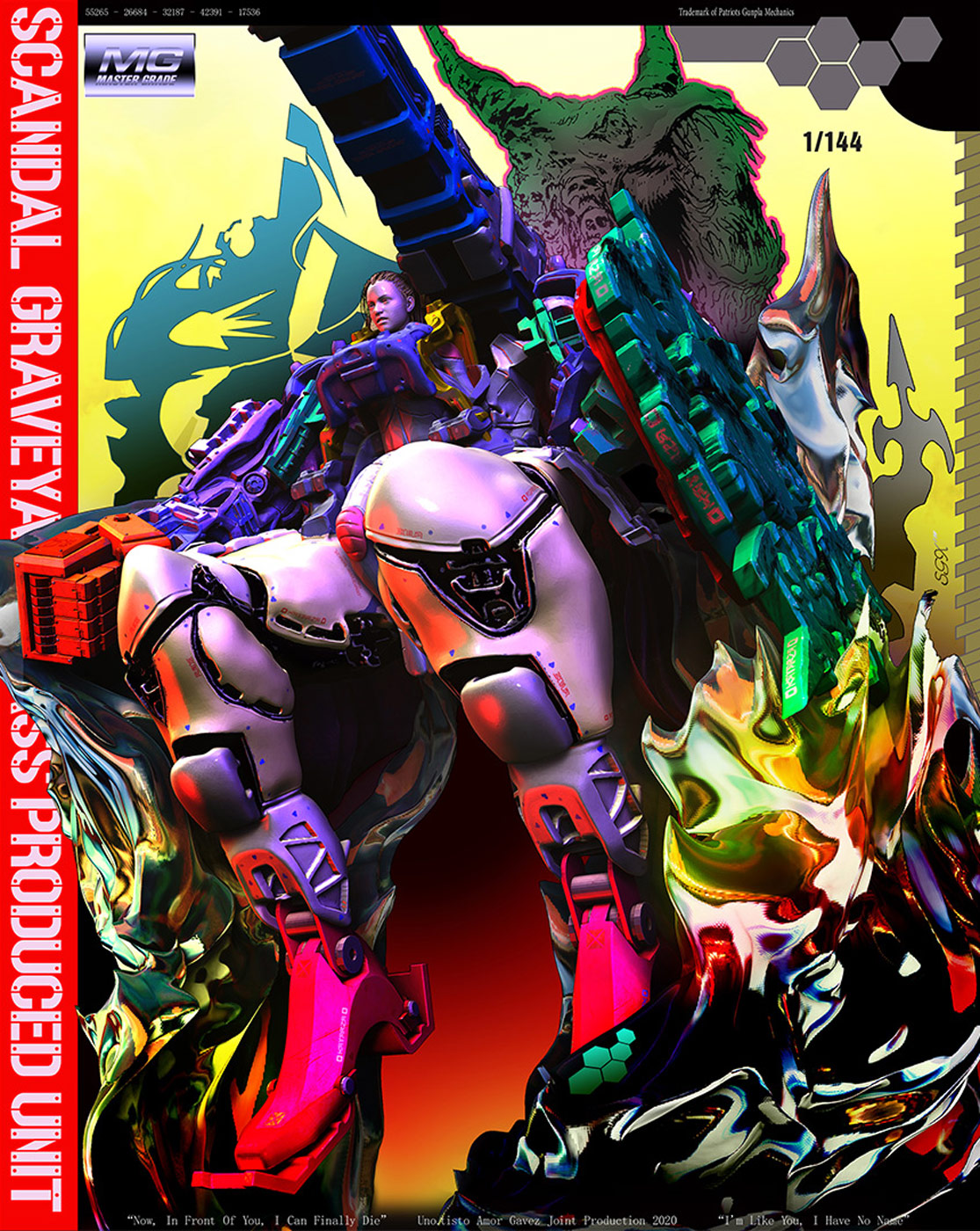
Amor Gavez
Instagram
COLLABORATIONS TO LOOK AT:
Eiko Ishioka’s costumes in Francis Coppola’s Dracula
Spike Jonze and Girl Skateboards
Watchmen by Alan Moore, Dave Gibbons, John Higgins
H. R. Giger for Alien by Ridley Scott
Gorillaz
Angel Egg by Yoshitaka Amano and Mamoru Oshii
Hideo Kojima and Yoji Shinkawa

